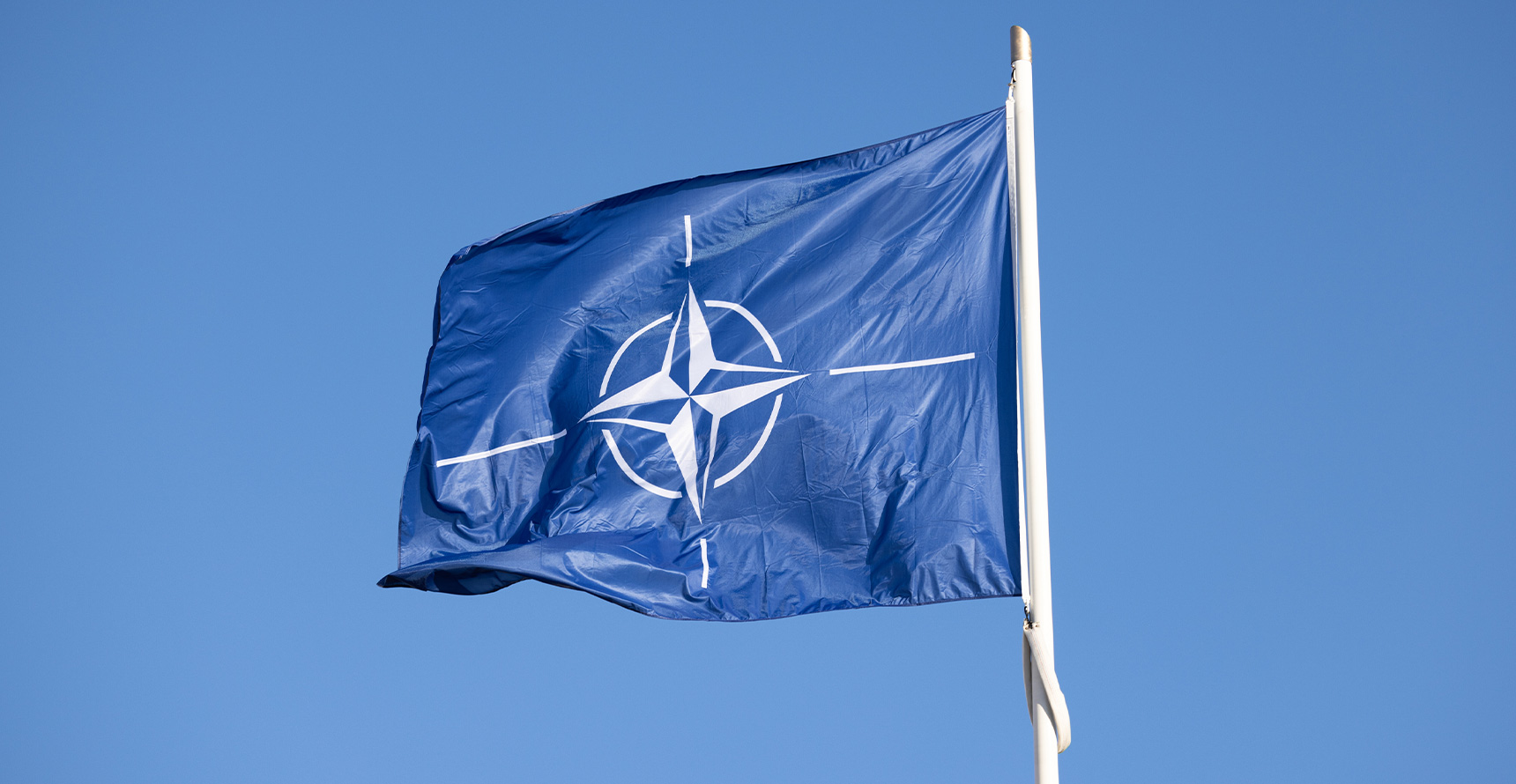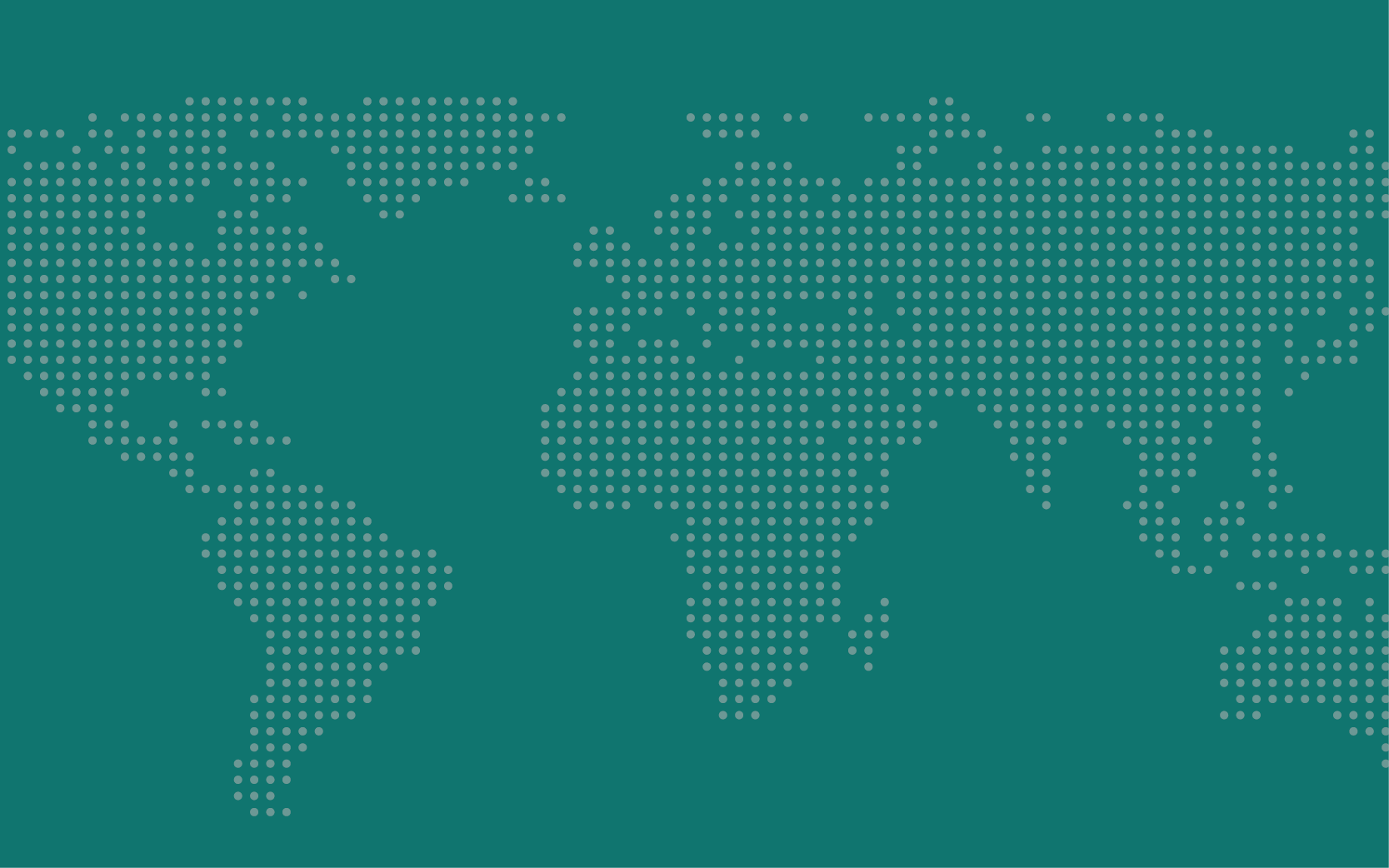What We Learned from the NATO Summit

A key priority for the 31 heads of state meeting in Vilnius for this week’s NATO summit was to signal unity among allies (i.e., member states)—particularly their support for Ukraine. But NATO allies have found themselves stuck between a rock and a hard place. On the one hand, the first full-scale invasion of a sovereign state in decades in the Euro-Atlantic region has prompted NATO allies to supply Ukraine with billions of dollars worth of military and humanitarian aid. At the same time, most remain unwilling to accede to Ukraine’s demand for membership so long as the country is at war, out of concerns it could trigger a NATO-Russia war. Consequently, the latest negotiations on Ukraine’s membership have led to the removal of a bureaucratic step (specifically, the requirement of a Membership Action Plan) without specifics on a timeline.
As an official NATO partner, Ukraine has long worked closely with allies, even during its Orange Revolution. The country has participated in numerous NATO military operations (e.g., Bosnia, Iraq, Afghanistan), cooperated on counterterrorism efforts, and collaborated on a wide range of security activities. In 2014, NATO was quick to condemn the illegal annexation of Crimea, established a rapid response force, among other activities, and, in 2022, it swiftly labeled the invasion as reckless, unprovoked, and a breach of international law. Nevertheless, NATO’s priority continues to be the collective defense of its existing allies. In the past year, NATO has adjusted its defense posture, increasing the number of multilateral battalions, exercises, and trainings in the east, and has drawn on lessons from the Cold War on deterrence. However, the slow progress of the war has allies considering new ways to ramp up support—as seen in the United States’ controversial decision to send Ukraine cluster munitions, despite the dangers to civilians, especially children, and the weapon’s ban in 123 countries.
Ramping up Support for Ukraine
As with last year’s summit communiqué, this year NATO reiterated its unequivocal political support for Ukraine. Allies announced an upgrade to relations from the existing NATO-Ukraine Commission to a new NATO-Ukraine Council. Most likely modeled on the now defunct NATO-Russia Council (2002–2014), the council will act as a forum for consultation, decision-making, and crisis meetings. Allies also committed to build and expand on existing non-lethal funding to support Ukraine’s defense via the Comprehensive Assistance Package, a funding mechanism that was already in place before the war began. NATO is also likely to continue to play a coordinating role, fielding Ukraine’s requests for humanitarian and non-lethal aid through its Euro-Atlantic Disaster Response Coordination Center, in addition to the requests to individual allies.

Joint press conference with NATO Secretary General Jens Stoltenberg and the President of Ukraine, Volodymyr Zelenskyy. Photo courtesy of NATO.
Most aid to Ukraine—from military equipment to medications and food—will continue to flow on a bilateral basis as allies remain keen to avoid a “NATO-ization” of the war. So far, the United States has provided the most in absolute terms, with a total of $76.8 billion since January 2022—exceeding the military aid given to Afghanistan in the first decade of that conflict. Most U.S. aid to Ukraine is military aid, while 5 percent is for humanitarian support. The European Union (EU) has committed $79 billion (72 billion Euros) through 2027, which includes—for the first time—lethal aid, along with other forms of aid. Meanwhile, NATO member states and allies continue to host millions of Ukrainian refugees, with Poland taking on the largest number.
NATO Enlargement: An Open Door without an Invitation
The summit also brought attention to the question of which countries, if any, will join NATO this year. Since NATO’s establishment in 1949 with 12 founding states, the organization has seen nine waves of expansion, with Finland the most recent addition. The NATO Treaty’s Open Door Policy (Article 10) states that candidate countries must be “European states in a position to further the principles of this Treaty and to contribute to the security of the North Atlantic area.” However, for a candidate to become a member, all allies must agree that these conditions have been met and their respective parliaments must ratify the accession protocols.
Despite Ukraine’s record as an active NATO partner, most allies are concerned that Ukraine joining would immediately invoke Article 5—the commitment to aid an ally under attack—and thus lead NATO into direct confrontation with the most heavily nuclear-armed state in the world. Prior to and at the summit, President Biden dashed hopes of some allies that the summit would conclude with a Ukraine membership surprise.
Enlargement along NATO’s northern border has accelerated since the Ukraine invasion. The war rattled domestic public opinion in Finland and Sweden, transforming decades of non-alignment into majority interest in joining the alliance. While Finland joined this past April, Sweden’s accession had been blocked by Turkish President Erdoğan, who claims that Sweden harbors Kurdish dissidents and is too lenient in its counter-terrorism laws. However, Sweden, like Finland, has fulfilled the conditions of its tripartite agreement with Turkey, which was negotiated more than a year ago. Erdogan’s decision to wait until the eve of the summit to remove his objections allowed him to placate domestic audiences and signal steadfast support to NATO at a critical moment. But nothing is final on Sweden’s membership until the parliaments of the remaining two allies, Turkey and Hungary, ratify the accords. Opportunities remain for both countries to impose last-minute conditions, such as revitalizing Turkey’s path to membership. Nevertheless, the Secretary General and NATO leaders were able to celebrate Sweden coming one step closer to the finish line.
NATO-China Relations and Progress on Climate Adaptation
Beyond discussions of the Russia-Ukraine war, the summit communiqué reflects allies’ mixed views on NATO’s relationship with the People’s Republic of China (PRC). Allies have repeated concerns about threats posed by the PRC and Russia’s strategic partnership (and criticized the PRC for not condemning the invasion). They agree the PRC poses “systemic challenges,” have criticized “coercive tactics,” and twice invited Asia Pacific regional partners, known as the “AP-4” or Australia, Japan, South Korea, and New Zealand, to attend summits—much to the chagrin of PRC leadership. Yet allies’ economic and political relations with the PRC vary widely. Some have embraced the Belt and Road Initiative, some are actively divesting, while others are banning certain technologies and view the PRC as a competitor. This muddled approach toward the PRC is likely to continue for now.

Signing ceremony of NATO Climate Change and Security Centre of Excellence, July 12, 2023. Photo courtesy of NATO.
A final high-stakes issue hovering over the summit was climate change. With the Intergovernmental Panel on Climate Change warning that time is running out to avoid the worst consequences of global warming, NATO re-committed to its ambitious goal to become “the leading international organization” on “understanding and adapting to the impact of climate change on security.” Relative to other international organizations, NATO is behind on adaptation, however, the summit showcased some important progress in implementing NATO’s Climate Change and Security Action Plan, which was adopted in 2021—the same year as the EU’s adaptation plan. Three key documents came out of this year’s NATO summit: a second impact assessment; a compendium of best practices for climate adaptation among allies; and a new methodology document detailing how NATO will measure its environmental footprint (meaning that of its infrastructure and assets). NATO has also been building up its climate security expertise, hiring experts at NATO Headquarters and recruiting staff for the soon-to-be-opened Center of Excellence on Climate Security in Canada, which will provide a platform for developing and sharing knowledge on climate security. Despite the shadow of the Ukraine war, NATO is still focused on preparing for climate threats, from extreme heat damaging weapons and soldiers’ health, and seeking to ensure interoperability as allies’ militaries increasingly adopt green technologies.
Ultimately, the NATO summit serves as a reminder of NATO’s role as the critical backbone in Europe’s security architecture. Beyond the Alliance’s many military operations, exercises, and activities, it continues to offer an important forum for security cooperation among states with shared values, provides a nuclear umbrella, disincentivizing states from further proliferation, and remains an important tool for deterrence.
 HEIDI HARDT is an associate professor of political science at the University of California, Irvine. She is a 2023–24 grant recipient of IGCC’s Climate Change and Security grant.
HEIDI HARDT is an associate professor of political science at the University of California, Irvine. She is a 2023–24 grant recipient of IGCC’s Climate Change and Security grant.
Photo credit: Finnish Government

Global Policy At A Glance
Global Policy At A Glance is IGCC’s blog, which brings research from our network of scholars to engaged audiences outside of academia.
Read More